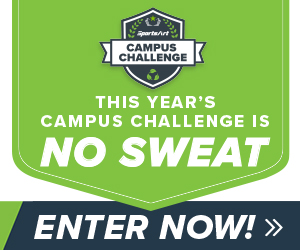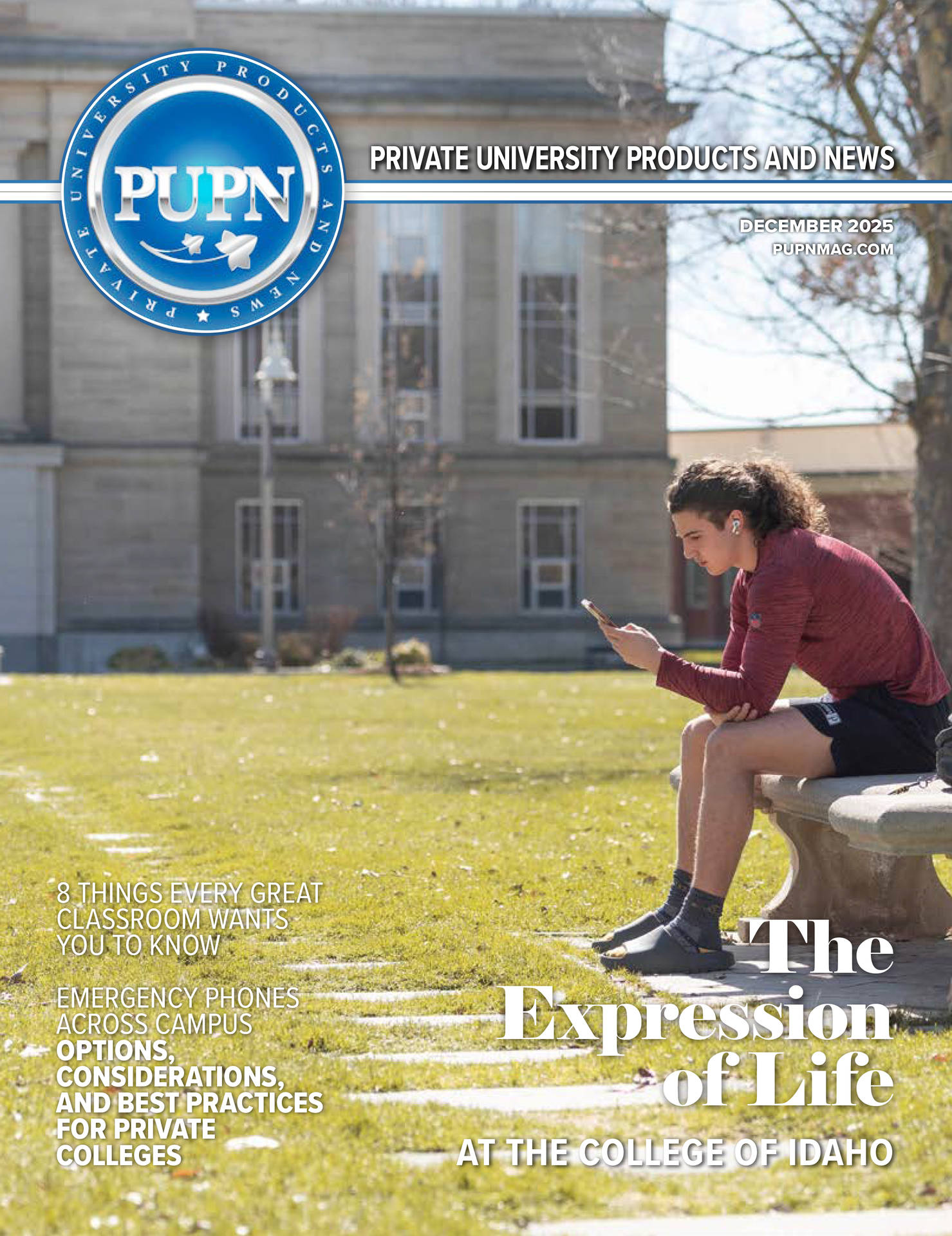Selman developed an appreciation for field research during his own years at Millsaps. According to Kurt Thaw, Associate Dean of Sciences at Millsaps College, Selman “got inspired to do more with his education” through connections with faculty members who sparked his interest in the field of biology. One such faculty member is Debora Mann, now professor emerita. She was Selman’s advisor and professor at Millsaps during his undergraduate years, according to her husband, Tom Mann, zoologist at the Mississippi Museum of Natural Science. Tom says that Selman continues many of Debora’s approaches to working with students, including a strong emphasis on taking students into the field.
Upon graduating from Millsaps, Selman worked as a junior high science teacher and then returned to school for graduate studies. He earned his doctoral degree from The University of Southern Mississippi. Thereafter, he worked as a research biologist with the Louisiana Department of Wildlife and Fisheries in coastal Louisiana. After a several years, he returned to teach and do research with undergraduate students at Millsaps.
Emphasizing Field Work with Students
Selman says that students do better in courses where they engage in meaningful work and active learning. Thaw admires that Selman takes the students outside the classroom, noting that such spaces can include “wetlands being destroyed and rivers being polluted”; these spaces can provide a basis for “the thoughtful discussions about why what we do matters.” Further, Mann appreciates that Selman has a “keen sense of Mississippi” and helps students to “acquire a passion for biology rooted in where they are.”
Langston Haden, doctoral candidate in the School of Biological, Environmental, and Earth Sciences at the University of Southern Mississippi, says that Selman’s emphasis on getting students into field work led him to realize that was the direction he wanted to go, as well. Haden and Selman align in many ways: they both pitched for Millsaps’ baseball team, they both attended The University of Southern Mississippi for their doctoral studies, and they are both field biologists. Prior to taking zoology—Haden’s first class with Selman—he hadn’t realized that he could be successful academically. Selman’s approach to teaching, Haden observes, “opens the classroom to lots of learning styles.”
For most of his courses, Selman includes a major project with a research component, even at the introductory level. This grounding, Haden says, engages students in active learning and “helps students learn and excel.” Selman points out that the skills students gain from these projects can also make them more marketable in job applications and more competitive in graduate school applications. For example, students in Selman’s Wetland Ecology class learn how to complete a wetland delineation, which is “the fieldwork that determines the boundary between uplands and wetlands on a property. This on-site work follows guidelines established by the United States Army Corps of Engineers (USACE) and is required for permitting purposes,” according to Transect.com. Several students who have taken Selman’s Wetland Ecology class now do this work professionally. The wetland delineation project made them immediately hirable for positions with the USACE and with private environmental consulting firms.
In Biostatistics and Experimental Design, Selman has students collect data from fitness watches they each wear to track steps, activity, and sleep. Throughout the class, they enter anonymized data into a shared spreadsheet, generating up to 3,000 lines of data by the end of the term. This complex data set allows them to answer challenging research questions using a variety of statistical analysis approaches. Selman states that one student contacted him over a year after graduation to say that she had been hired at the Utah Department of Health, and she credited her hiring to the expertise she developed in taking his Biostatistics and Experimental Design class.
Robust Undergraduate Research
Selman promotes a variety of research opportunities for his students outside of the classroom, as well. He encourages his undergraduate students to publish, and he often co-authors with them, publishing in journals such as Herpetological Review, according to Mann. Selman notes that many of his undergraduate research students are doing work that compares to that in many master’s programs.
This summer, Selman continues one of several ongoing projects. Over the past seven years, almost 50 undergraduates have used radio telemetry to track the movements and home range of the three-toed box turtle in a local natural area. Selman says that students are answering important research questions while developing their research skills and familiarity with research tools. He points out that this sort of experience is important for those students who want to work in wildlife management or go to graduate school. These experiences can even help students stand out when applying to medical school. For example, one of his first students on the box turtle project was asked about the box turtle research in his medical school interview, and this experience provided a means to differentiate his application and an interesting talking point during the interview.
Haden admires the way that Selman is able to develop research projects that undergraduate students can complete. Haden says that it’s hard to identify meaningful research that can be done by people who don’t have much experience, but Selman has a gift for doing so. The box turtle project is one such effort, and the two currently have a paper in review on the work Haden began as an undergraduate with this ongoing project.
Crawfish Frogs
Several years ago, Selman had a grant funded through the Mississippi Department of Wildlife, Fisheries, and Parks (MDWFP) to conduct research on the crawfish frog, a prairie species that hasn’t been seen or heard in central Mississippi for more than 30 years. For most of the year, they are in or near an upland crawfish burrow, but during January to March, they migrate to breeding ponds, offering a short window of time to detect males calling in a given area. Selman points out that the narrow window of opportunity means researchers would either need to deploy recording equipment in many locations at once or have a “small army” of people to go and listen, the latter being a task fit for a group of undergraduate students.
Grant funds were used to support research classes in the Spring semesters of 2023 and 2024 to research the frog in the region surrounding Jackson and Millsaps. The goal for each class was to use the crawfish frog as a conduit to learn how to do biological research, including developing a literature review, planning the study, collecting field data, entering and analyzing the data, and writing a scientific report. The students first had to learn to distinguish the crawfish frog calls from those of other frogs, and then they went to as many as 20 spots each night to listen for crawfish frogs. Selman says the teams have collected excellent research data each year, including completing almost 2,000 surveys at almost 1,000 locations. Most importantly, they discovered 17 new locations for crawfish frogs in the region. Finding a species that has been somewhat forgotten gave students a real sense of accomplishment in collecting vital information about this rare species in Mississippi. Another benefit to students is that grant funds reimbursed mileage expenses and paid each student a $1,000 stipend.
This research could certainly be extended and expanded. Mann says that biologists from the Mississippi Museum of Natural Science used similar field methods using maps made by Millsaps students and found new locations for crawfish frogs in eastern Mississippi, a region where they have never been recorded from in the past. Mann points out that people can’t protect flora, fauna, or environments if they don’t know what’s there.
As Mann says, the students are “learning things we didn’t know about endemic fauna, and that information can help with wildlife management.” This project in particular may directly impact conservation efforts in the state. Selman has met with several private landowners where frogs were heard, and this is a first step for landowners realizing they have something special on their property. In the future, MDWFP could potentially partner with private landowners to conserve the crawfish frog on those properties. Further, Selman notes that this situation demonstrates how having data can inform, and even influence, conservation and land management decisions.
Importance of Supporting Faculty-Student Research Collaborations
Selman says that undergraduate research can often be overlooked and undervalued, particularly at institutions where the main focus is teaching. He calls attention, however, to the ways that research informs his teaching—he regularly draws on his research experiences in class, including experiences from the time that he was a research biologist in coastal Louisiana.
Conducting research in a teaching-oriented institution can be challenging, however, often requiring faculty to work during the summer months when they are off contract. Selman says that research collaborations with students should be “a vital part of the curriculum for students who are interested in actively engaging in science.” Because many institutions promote undergraduate research opportunities as selling points to prospective students, faculty conducting research should be commensurately incentivized and supported by colleges and universities to continue these efforts.
Haden says that the reason he can do his current work is because of the support he received from Selman and Millsaps, with their openness to hands-on undergraduate research. He is glad that Millsaps recognizes the importance of having field equipment and encouraging professors like Selman to include students in their research.










